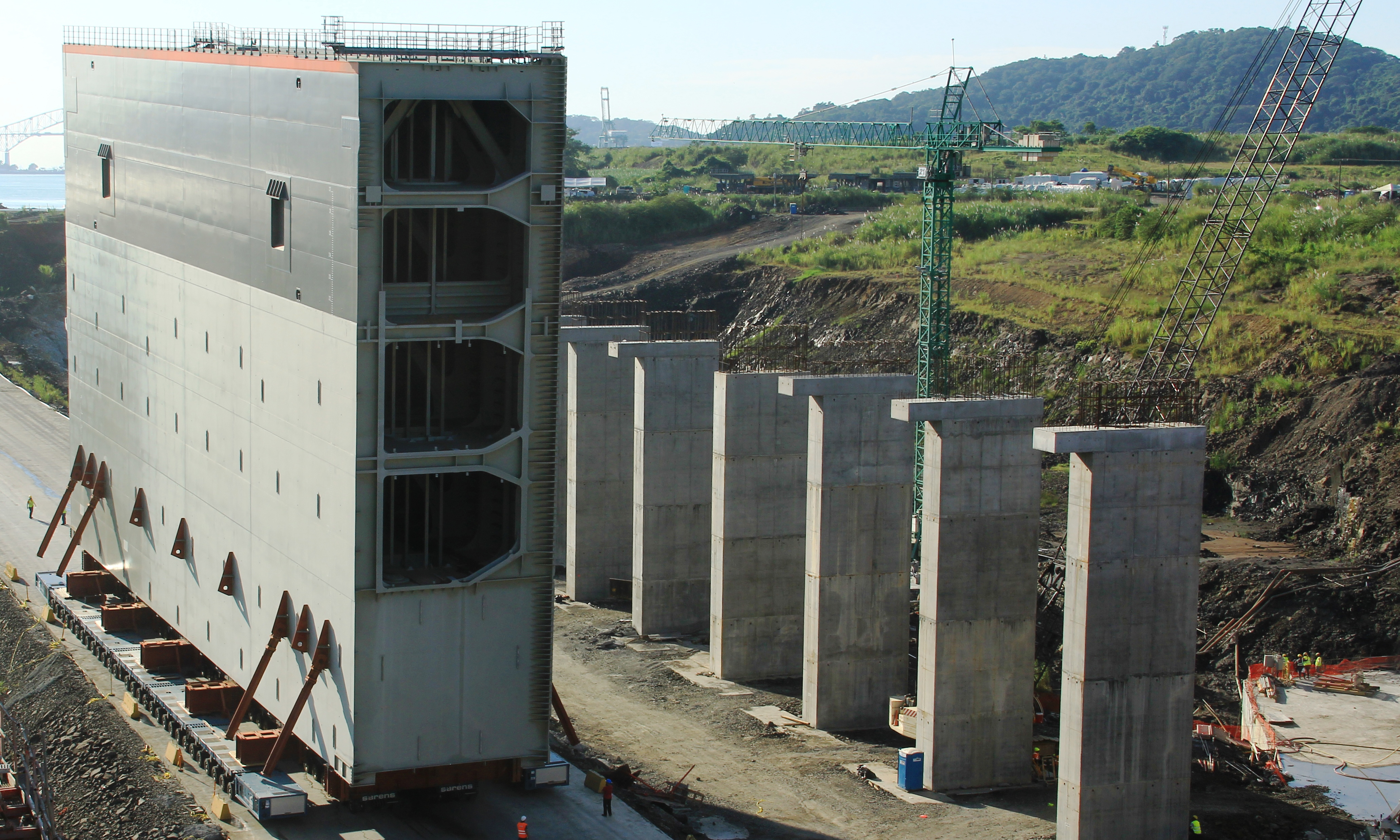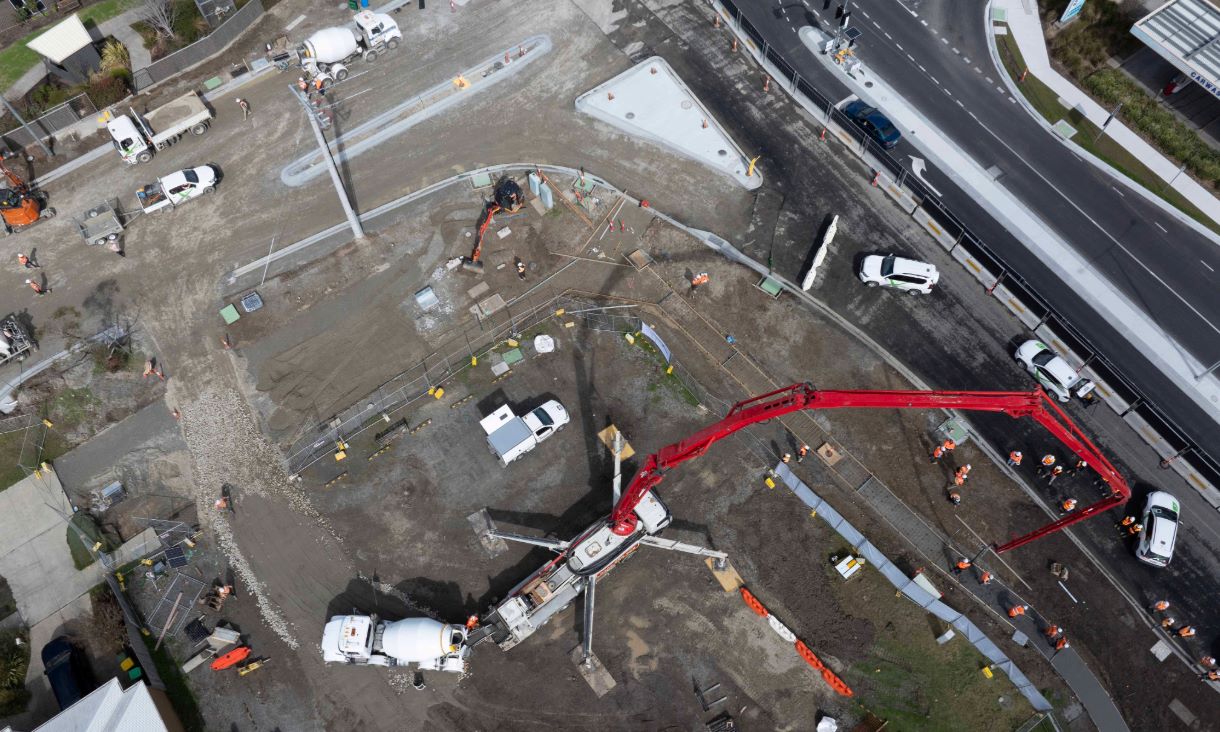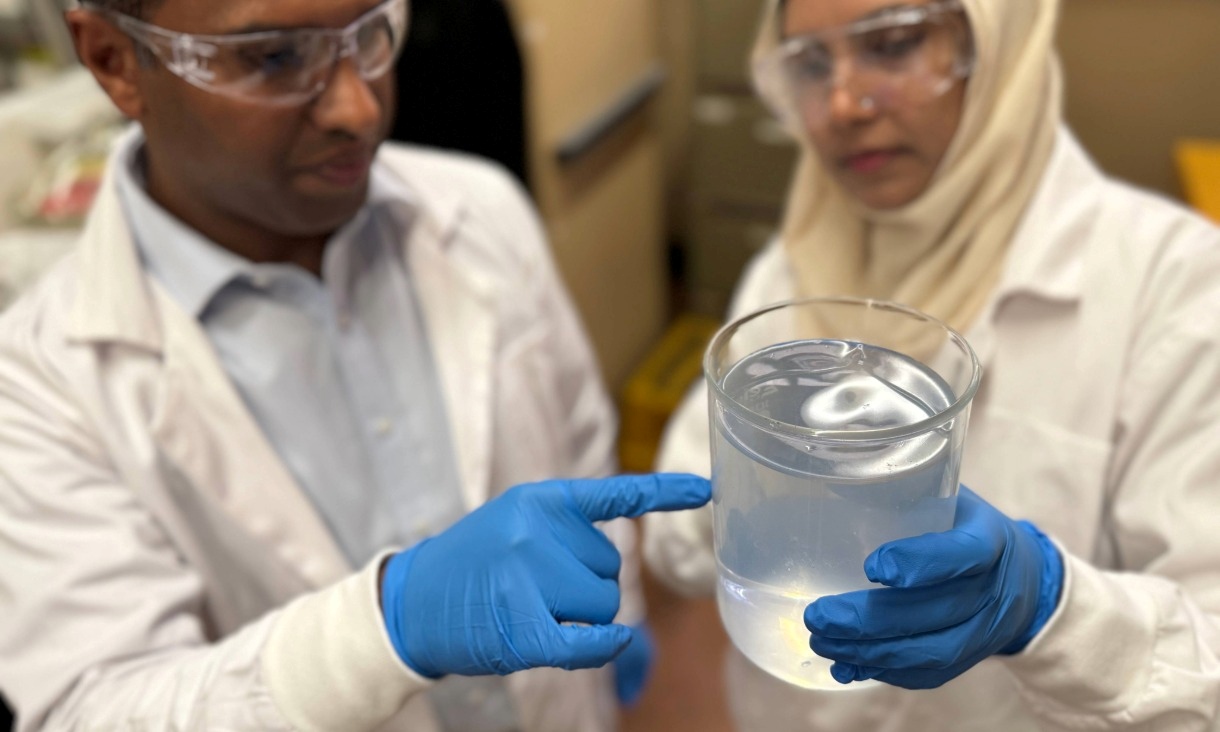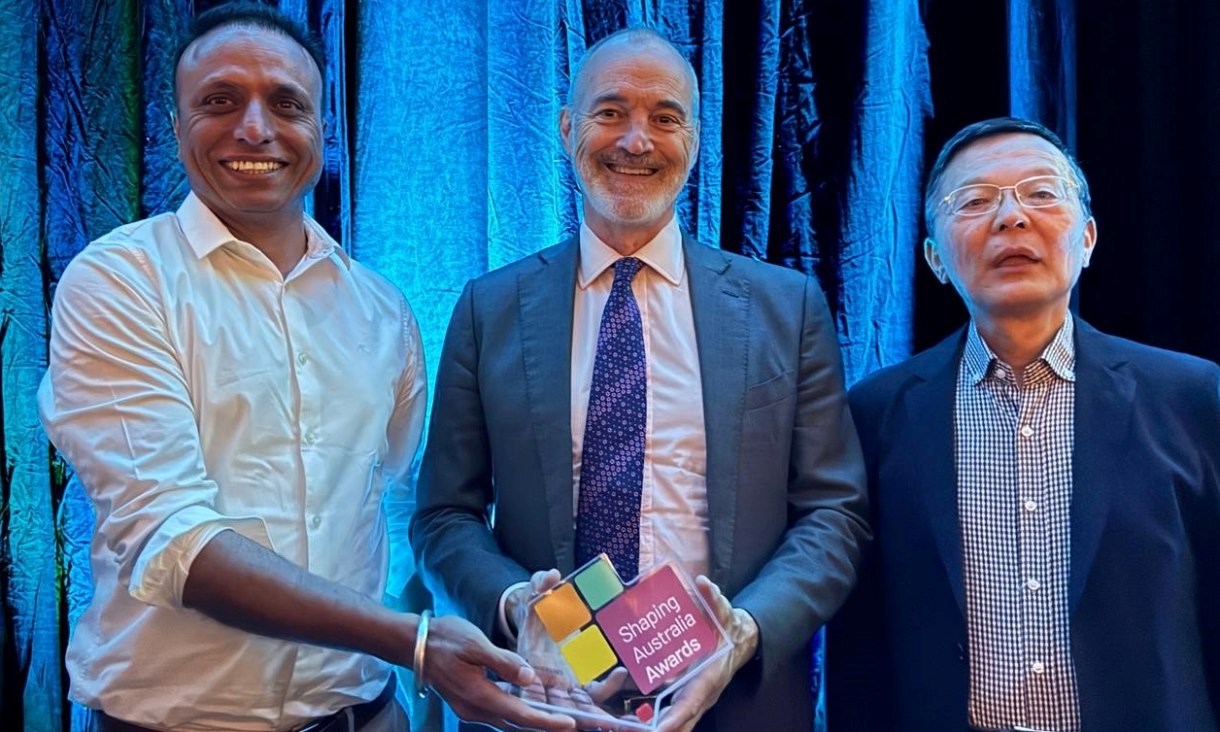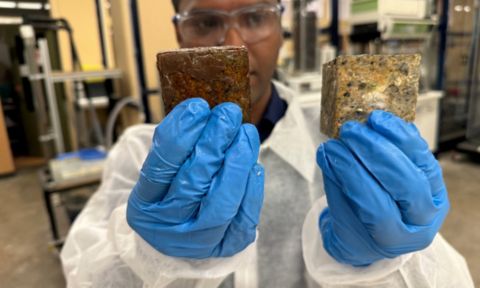Capabilities
Our research activity encompasses seven capability areas, each supporting several key technologies.
Advanced materials technology
- Concrete, geo-polymer concrete, green concrete and cementitious materials
- Soils and pipelines
- Steel
- Asphalt, polymer-modified asphalt, recycled asphalt and bituminous materials
- Polymer-wood composites from waste materials
- Waste water sludge in construction materials
Innovative structures
- New structural forms and topology optimisation
- Nano-structures and materials
- Structural design for dynamic loading including earthquake and wind engineering and large-scale structures
Infrastructure asset management
- Durability and sustainable management
- Strengthening of structures
- Deterioration forecasting
- Public asset management
- Risk assessment
Sustainable construction
- Lower carbon construction
- Green buildings and benchmarking of green construction practices
- Life-cycle analysis
- Noise management in urban environments
- Environmental impact assessment
- BIM application for sustainable construction
- Prefabrication
- Innovative procurement methods such as PPP and relational contracting
- Construction and demolition waste management
Geotechnical engineering, geo-mechanics and mining
- Expansive soils mechanics
- Soil contamination
- Bulk material handling
- Improving residential footings and slab design
- Monitoring in-situ soil moisture movement and modelling unsaturated soils
- Design and construction methods of screw piles
- Innovative drilling fluids to improve efficiency of exploration
Transport engineering
- Transport network design and vulnerability analysis
- Infrastructure management and land use
- Driving behaviour
- Freight management strategies
- Traffic operations and ITS
Innovative fire and facade engineering
- Fire dynamics and fire protection engineering
- Fire safety design compliant to codes and standards
- CFD modelling
- Fire performance of materials and effect of flame retardants
- High performance concrete
- Nanotechnology and sustainable materials in construction
- Nanocomposites
- High performance building facade systems
Our impact
The civil and infrastructure engineering research group works with a range of Australian and international organisations, government councils and industry partners to provide innovative solutions to practical problems and future challenges. Our partners have included:
- Government agencies/bodies such as VicRoads, Metro Trains, Melbourne Water
- Local governments such as City of Melbourne, City of Yarra, City of Kingston and City of Brimbank
- Construction companies such as Multiplex, BMD, and Hansen Yuncken
- Engineering consultancy companies such as AECOM and GHD
Highlights of our current research include:
- Evolutionary structural optimisation techniques which have been used around the world by engineers and architects to design innovative buildings and bridges, and to create new microstructures of materials and composites.
- Optimisation of construction plans and techniques to achieve lower carbon construction
- Sustainable management for public buildings and infrastructure
- Intelligent council asset management in partnership with community
- Crumb rubber recycled concrete to maximise recycling of shredded tyre rubber in construction
- Asphalt and concrete healing to reduce maintenance and related expenses during the service life of roads and airports
- Recycling cigarette butts into construction and road materials
- Self-sensing structures to advice and localise damage in real time
- Sensors for structures and infrastructures monitoring
- Rehabilitation (strengthening and crack repair) of concrete structures using Fibre Reinforced Polymers (FRP)
- Development of an automated council tree inventory using airborne LiDAR and areal imagery
- The effects of climate change on the rates of chloride ingress into reinforced concrete infrastructure
- Bushfire and Natural Hazards CRC project
Research centres and groups
Our expertise and facilities contribute to many research organisations across Australia.
- Centre for Innovative Structures and Materials
- Sustainable Infrastructure and Asset Management Research Group
- Sustainable Construction Research Group
- Recycled Concrete and Cementitious Materials Research Group
- Geotechnical and Geo-environmental Engineering Research Group
- Water Resources Management Group
- Transportation Research Group
- Asphalt and Smart Pavement Materials Research Group
- Innovative Fire and Facade Engineering Research Group
Facilities
Our work is supported by major state-of-the-art research infrastructure.
- Heavy structures laboratory
- Light structure laboratory
- Concrete materials laboratory
- Soil laboratory
- Fluid laboratory
- Advanced asphalt materials laboratory
Who we are
Civil and Infrastructure Engineering staff
